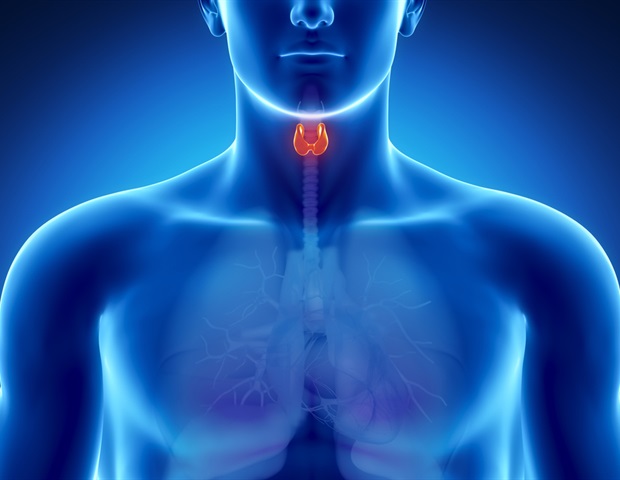Exposure to some endocrine-disrupting chemicals (EDCs) that harm the thyroid gland has increased over the past 20 years among U.S. women of childbearing age and pregnant women, especially among those with lower social and economic status, a new study finds.
The results will be presented Monday at ENDO 2024, the Endocrine Society's annual meeting in Boston, Mass. Our research underscores the importance of addressing socioeconomic disparities in EDC exposure among women of reproductive age and pregnant women to mitigate potential adverse effects on thyroid health." Elizabeth N.

Pearce, M.D., M.
Sc., senior author of the Boston University Chobanian & Avedisian School of Medicine in Boston EDCs are common substances in the environment, foods and manufactured products that interfere with the body's hormones and harm public health. EDCs can affect thyroid hormones, which control many functions of the body and are important for the brain development of fetuses and infants.
The researchers focused this study on women who may be particularly vulnerable to negative effects of EDCs on the thyroid: women in their childbearing years and pregnant women. Researcher Cheng Han, M.D.
, of the Boston University Chobanian & Avedisian School of Medicine analyzed data from the U.S. National Health and Nutrition Survey (NHANES) from 1999 to 2020 for 25,320 reproductive-age women and 2,525 pregnant women.
He assessed trends over the past two decades in levels of multiple thyroid-disrupting chemicals i.























